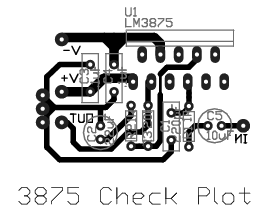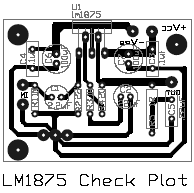thermionic
Well-known member
- Joined
- Jun 3, 2004
- Messages
- 1,671
Ok, I apologise in advance for soiling the forum with talk of consumer-grade audio, feel free to throw some cabbages if you wish 
I've made quite a few discrete amps over the years, but never a chip-amp so this is quite new to me. Ideally the amp will be able to supply upwards of 30w rms into a 4 Ohm load indefinitely. Reliability is a major concern, it doesn't have to possess a distortion spec like a Krell, but the ability to work day-in-day-out at upwards of 20w into 4 Ohm would be a necessity.
There are affordable-ish discrete options (could base something on the Hitachi apps data) but they are still more than I'd like to spend, as it will involve procuring mosfets. I have built LM481 chip-amps before, but that's as far as I've gone down this road.
Any suggestions? Can anyone suggest a chip-amp schematic that fits the bill?
Thanks in advance,
Justin
I've made quite a few discrete amps over the years, but never a chip-amp so this is quite new to me. Ideally the amp will be able to supply upwards of 30w rms into a 4 Ohm load indefinitely. Reliability is a major concern, it doesn't have to possess a distortion spec like a Krell, but the ability to work day-in-day-out at upwards of 20w into 4 Ohm would be a necessity.
There are affordable-ish discrete options (could base something on the Hitachi apps data) but they are still more than I'd like to spend, as it will involve procuring mosfets. I have built LM481 chip-amps before, but that's as far as I've gone down this road.
Any suggestions? Can anyone suggest a chip-amp schematic that fits the bill?
Thanks in advance,
Justin






